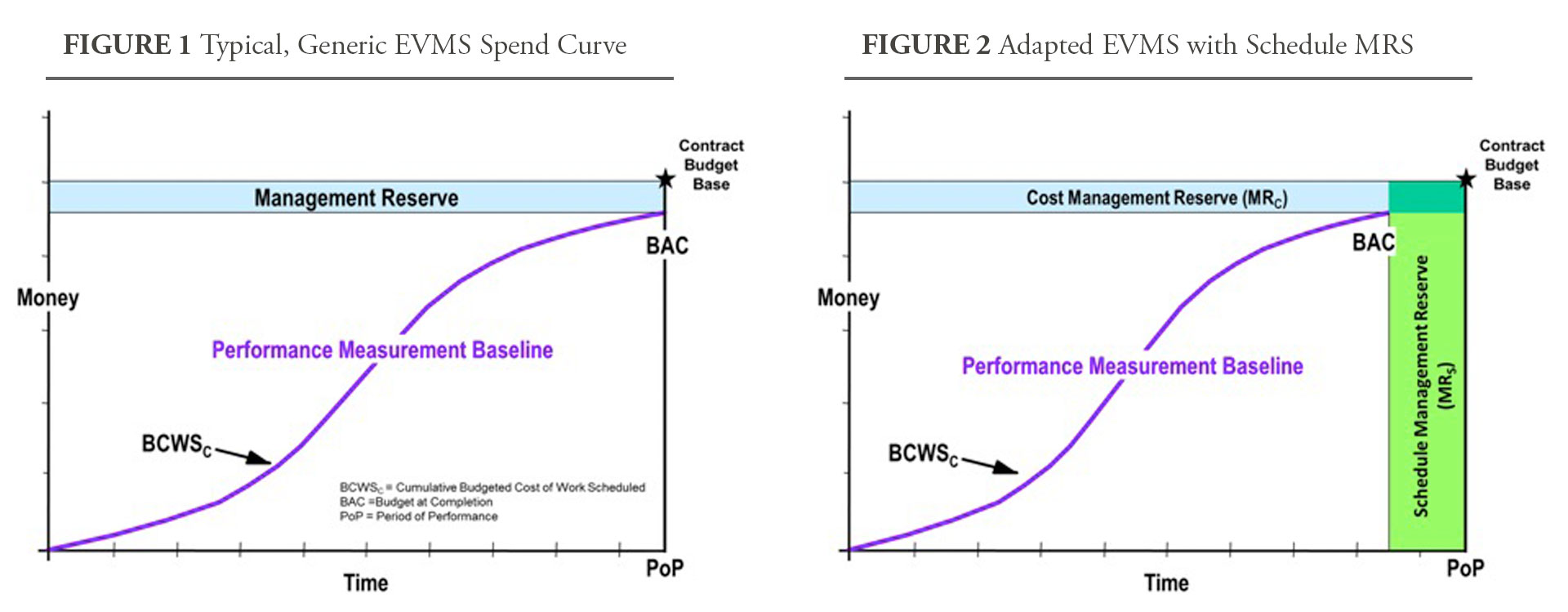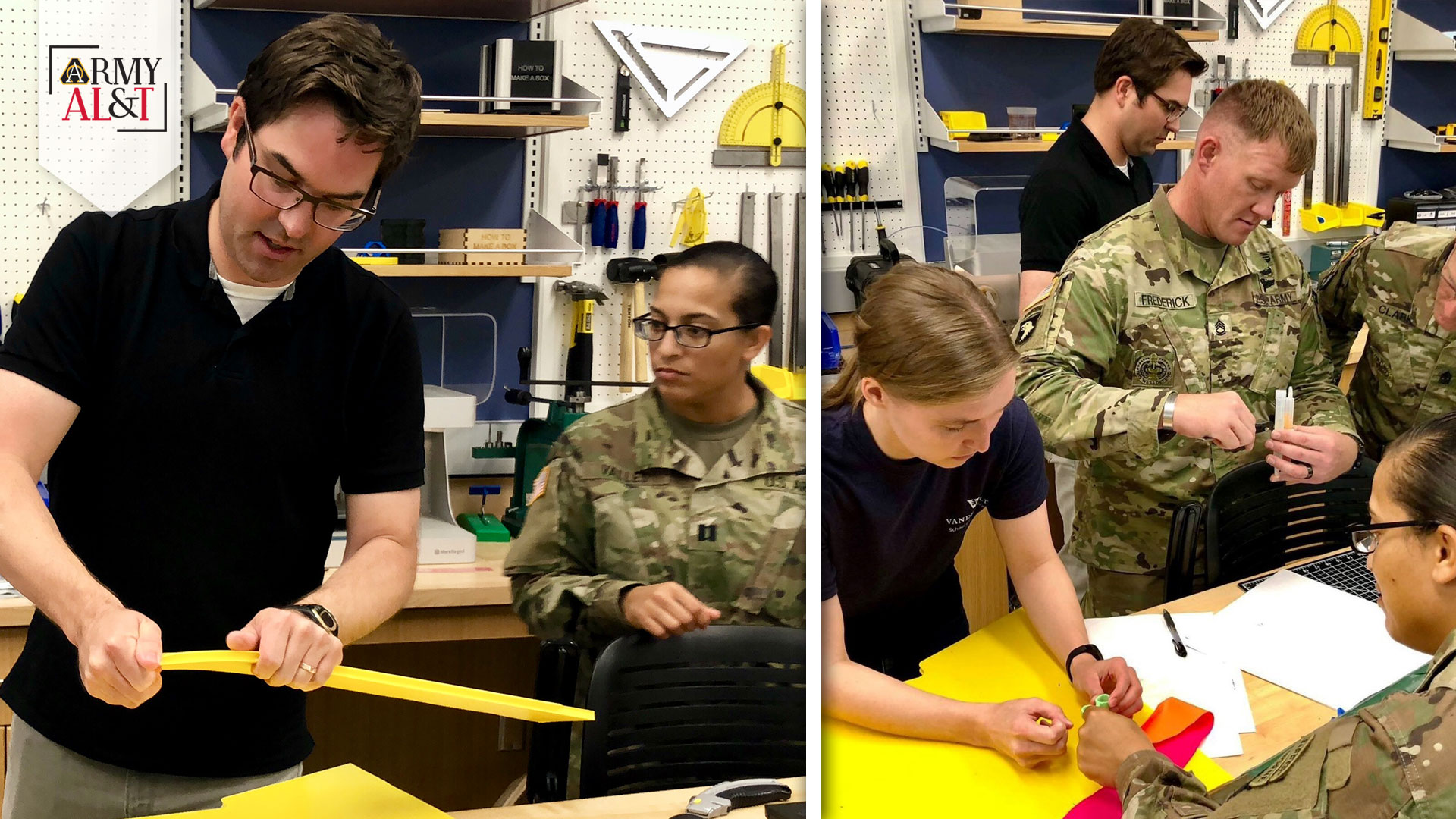By David M. Riel
We need to go faster! SECDEF Mattis wrote in the Summary of the 2018 National Defense Strategy, “Inter-state strategic competition, not terrorism, is now the primary concern in U.S. national strategy,” specifically naming China, Russia, North Korea and Iran. USD (A&S) Lord advised the Senate Armed Services Committee in December 2017 that the “current pace at which we develop advanced capability is being eclipsed by those nations that pose the greatest threat to our security, seriously eroding our measure of overmatch.” Yes, we need to go faster. But “how”?
One could argue acquisition innovation is needed as much as technical innovation to go fast. Congress has provided the defense acquisition workforce a gift in in the 2016 National Defense Authorization Act (NDAA). Middle Tier of Acquisition for Rapid Prototyping and Rapid Fielding (Section 804 of NDAA 2016) provides a pathway to rapidly prototype innovative technologies or field proven technologies “to be completed in two to five years.” The law states that these programs “shall not be subject” to Joint Capabilities Integration and Development System (JCIDS) or DODI 5000.01.
In other words, two of the three major enabling acquisition systems, with the third being the financial Planning, Programming, Budgeting and Execution (PPBE) system, are set aside by this legislature. However, likely do to the turbulence caused by the Administration turnover, guidance from OSD and the military services was delayed until this spring. Recently, I was given the task to explore this law, along with its FY2017/FY2018 modifications, and to share this opportunity with a variety of DOD audiences. While each workshop generates energy and enthusiasm, the overriding question remains “how.” The devil is in the details. What exactly does “streamlined” budgeting mean? How does one pursue “creative” contracting? How do we incentivize our industry partners to go faster and provide best value in trading-off performance for time and money? This article explores some ideas to get this dialogue going.
“Requirements Written in Pencil”
In a recent interview, Service Acquisition Executives Dr. Bruce Jette (USA) and Dr. Will Roper (USAF) iterated the need for requirements to be “written in pencil,” so that as lessons are learned in prototyping, requirements can be adapted to meet technological, fiscal and schedule realities. Dr. Roper clarifies this as a “three-legged race with your requirements owner.”
Yet, there’s a third partner in this challenge, the defense contractor who is designing the prototype. This creates more of an awkward four-legged race – user, acquirer and developer. The question becomes “how do we incentivize the developer to propose changes to the current requirements?” This will take some creative contracting.
Incentivizing Flexibility via Contract Type
Contracts for rapid fielding efforts can use straight schedule incentives on fixed price contracts to motivate contractors to produce proven technology faster. However, generating the flexibility to rewrite flexible requirements once under contract requires more creative solutions. Perhaps it’s time to bring back a contract type that has in recent years been declared “persona non grata”—cost-plus award fee (CPAF), but with a significant twist.
While serving as an USAF PM, our development contract was CPAF with a 3% base fee (i.e., fixed profit margin) and 9% award fee. The award fee board typically scored between 93 and 86 points (low end of “excellent” to high end of “good”). This equated to a profit margin between 11.37% and 10.74%. Incentivizing the contractor to conduct requirement tradeoffs and explore opportunities will require greater business incentives.
We should provide contractors greater stability by increasing base fee. Although each situation will dictate its own strategy, consider this – award a CPAF contract with a 5% base fee and a 9% award fee. Then, allow the contractor to be awarded up to 150% award fee for “above and beyond” technical capabilities, cost control, and/or schedule acceleration. These opportunities for higher profit margins are offset by an equal likelihood of receiving 50% or less award fee if the contractor does not deliver on promises, e.g., doesn’t adapt to changing requirements, or meet schedule, or life cycle cost considerations. This expands profit margin potential from 9.5% (potentially less) up to 18.5% based on performance and their collaboration with the acquirer and user in optimizing balance between performance, schedule and cost. What? Nearly 20% profit on a cost reimbursable contract? Absolutely, if our industry partner finds a way to significantly increase performance at the same cost and schedule, or finds a way to significantly accelerate schedule while maintaining performance, then that profit has been earned. In the end, time is money!

Creating Schedule Management Reserve
“Time is money.” While the theoretical value of Ben Franklin’s famous maxim has followed me since my youth, its veracity traces back to 2007 when I was a senior manager focused on continuous process improvement for one of our industry partners. One project in particular was consistently delivering 6-12 months late on a Firm-Fixed Price contract, making neither our customer nor corporate happy. Our return on sales (ROS) hovered around 2%. Change was needed! Leadership decided to focus energies on managing each aircraft’s schedule, using a combination of lean manufacturing and cultural change. The results were impressive. We began to deliver aircraft up to 7 months early. Driving home Ol’ Ben’s adage, our profits rose to 13%. While there were several contributing initiatives, the reality was that as soon as that aircraft flew away, no one else could charge to it. Although getting war-winning capability back to our warfighters was the primary motivator, money was saved, as well.
The recent push to accelerate took me back to a conversation I had with a Program Executive Officer (PEO) a few years ago. Historical data indicated that one of his program’s Engineering, Manufacturing and Development (EMD) phase should take 72 months; however, warfighter needs were driving the USAF to offer financial incentives for a 66-month EMD phase. This is where I learned that our Earned Value Management System (EVMS) provides a disincentive to both government and contractor teams from aggressively tackling schedule.
If a program builds its Performance Measurement Baseline (PMB) to an accelerated schedule, deviations to that aggressive schedule paint an unflattering picture in their reporting, despite still being well within the established contractual Period of Performance (PoP). Even tracking to a 69-month delivery will show significant negative variance to a 66-month PMB, reflecting poorly on government and contractor PMs. A current EVMS limitation is that while the system allows contractors to set aside cost management reserve (MRC) to account for uncertainties, the same does not hold true for schedule. To avoid negative perceptions and reporting, the contractor would need to establish two separate schedules—one submitted in the monthly Integrated Program Management Report and the other being worked by their team to reap the incentives, creating additional overhead and potential misunderstandings.
If we seriously want to encourage our teams to aggressively pursue schedule acceleration, perhaps it’s time to change EVMS to include a schedule management reserve (MRS). Let’s take a look at an example of a development program with a contractual PoP of 60 months, with a willingness to pay incentives for up to a six-month early delivery.
Figure 1 denotes a typical, generic EVMS spend curve. But what if we allowed the contractor PM to set aside MRS as well? EVMS can then be adapted to provide visibility to an incentivized schedule acceleration plan.
In the Figure 2, the contractor, having been financially incentivized to deliver 6 months early (54 months), has created a MRS of 9 months, while the contract’s PoP remains 60 months. EVMS now accounts for their aggressive scheduling, providing the contractor MRS for if and/or when required.
Remember that time is money and assuming that contract costs were negotiated on the entire PoP of 60 months, 9 months of “standing army” plus associated overhead costs need to be set aside in reserve to cover increases in schedule beyond the planned 51 months. In other words, every day over the 51-month aggressively-planned delivery date results in costs for “level-of-effort” personnel, e.g., the contractor PM, staff, etc., previously negotiated, as well as additional overhead expenses. These individuals, whose costs have been discretely bid and negotiated, should be accounted for as a separate cost management reserve for Level of Effort (MRLOE). Figure 3 depicts this relationship.
As the project progresses, MRS will inevitably be applied to account for uncertainties and aggressive scheduling.
Figure 4 shows Month 37, depicting 2 months of MRS used, and MRLOE used to cover those “standing army” expenses. Other uncertainties have eaten into MRC.
Adapted EVMS holds promise for encouraging contractors to pursue more aggressive scheduling and provides a single, transparent opportunity to manage that behavior. Nevertheless, adopting this new EVMS comes with some potential pitfalls. First, trust must be established that control account managers will not be persecuted for missing new aggressive schedules. The resultant mistrust will lead back to traditional scheduling, where schedules are built conservatively using individual task uncertainty. Unfortunately, Parkinson’s Law and Student Syndrome then resume their prominent roles, negating war-winning capabilities being delivered faster.
Secondly, we can’t misinterpret schedule performance index (SPI). A sub-1.0 SPI may not be indicating being “behind-schedule,” only that we are behind to the aggressive schedule. Conversely, if the contractor has used 90% of their MRS and has only completed 50% of the work, while still indicating SPI of 1.0 since the contractor revives the PMB with MRS, we need to understand that the program delivering on-time is unlikely. MRS use must be bounded by their respective individual task buffers, and not to cover delays beyond those attributable to the schedule’s aggressive stance.
Thirdly, we need to fully understand how MRS is being used, similar to their current need to understand MRC use. Just as the contractor has the contractual responsibility to report MRC with their EVMS monthly reporting via Format 5, so too would they be required to report any MRS, and MRLOE. The government team can use that information to accurately assess the program’s schedule and cost health.

Conclusion
The business practices of the past remain valid in protecting competition and taxpayer dollars. However, if we truly believe that maintaining our overmatch ability requires us to go faster, it’s time to do acquisition differently. I’ve presented just a couple of ideas that shift the focus towards flexibility and schedule acceleration. It’s time to allow the gifted teams of acquirers and developers to use their skills and creativity to create timely war-winning capabilities for our users. It is time to go fast!
__________________________________
David M. Riel is Professor of Acquisition Management, Defense Acquisition University – Midwest region. After a 20-year USAF career and several years working in the defense industry, Dave is happy to be part of the Defense Acquisition University team providing mission assistance to program offices and teaching the next generation of DOD acquisition professionals the ins and outs of the defense acquisition business.
















